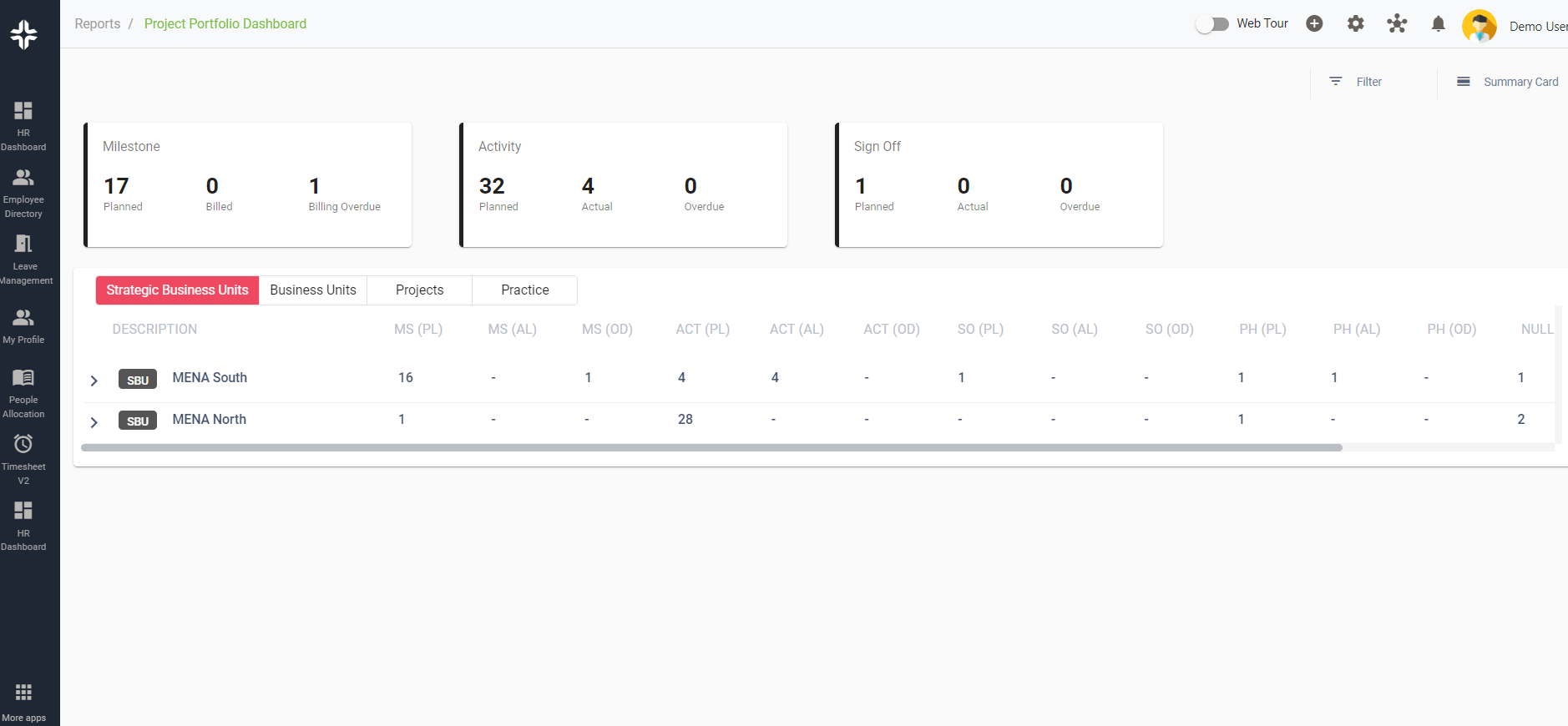Home » PSApedia
Project Duration
Control Project Duration Efficiently. Achieve Timely Milestones and Deliver Excellence with our Solutions.

What Is Project Duration?
Project duration refers to the total time taken from the initiation to the completion of a project. It encompasses all the working days and may exclude weekends and public holidays, depending on the organization’s working structure.
Project duration refers to the total amount of time allocated to complete a specific project from its initiation to its conclusion. This period encompasses all phases of the project life cycle, including planning, execution, monitoring, control, and closure.
The Importance of Project Duration
Efficient use of available resources can only be achieved when we manage the duration well. Resource management tools can help streamline this process. Understanding project duration is essential for several reasons:
1. Stakeholder Expectations: Clear communication about the expected duration keeps stakeholders informed and helps manage their expectations.
2. Budget Management: The longer a project takes, the higher its cost. Proper duration management can prevent cost overruns. This closely ties with financial management in projects.
3. Risk Management: Longer durations might introduce more risks. Understanding the duration can help in identifying and mitigating such risks.

Why Project Duration is so important?
How to Calculate Project Duration?
Project Duration can be calculated using the following formula:
Project Duration = Finish Date – Start Date + 1
Example: If a project starts on January 1 and ends on January 15, the duration will be:
Duration = 15 – 1 + 1 = 15 days.
However, this simple formula can become more complex with the inclusion of non-working days, unplanned breaks, or changes in project scope. Tools like Gantt charts can provide visual aids in understanding and calculating project duration.
Project Duration vs Project Timeline
Both play a crucial role in project management, ensuring that projects remain on track. While both terms are often used interchangeably, they have distinct differences:
- Project Duration: This is a specific span of time, often counted in days, weeks, or months, indicating how long a project will take.
- Project Timeline: This represents a visual depiction of a project’s phases, tasks, and milestones spread out over time. It’s a tool to track the progress and ensure every team member understands their responsibilities. Think of it as a roadmap for the project.
| Attribute | Project Duration | Project Timeline |
|---|---|---|
| Definition | Total time taken from the start to the end of the project. | A visual representation, often a chart, of planned project activities over time. |
| Unit of Measure | Usually in days, weeks, or months. | Specific dates or periods (e.g., Jan 1 – Jan 7). |
| Focus | Time span of the project. | Milestones, tasks, and deadlines. |
| Representation | Single span of time (e.g., 6 months). | Bar chart, Gantt chart, calendar, etc. |
| Use | To determine overall project length. | To plan, track, and communicate progress and deadlines. |
The Role of Project Duration in PSA
Professional Service Automation (PSA) tools have been game-changers in project management. They bring together various aspects of project management, like resource allocation, time tracking, and financial management, under one umbrella. Understanding project duration within PSA offers several benefits:
1. Improved Client Relations: Accurate project durations mean you can set better client expectations. This transparency can lead to enhanced client relationships, especially when combined with tools like timesheet and billing software.
2. Data-Driven Decisions: PSA tools provide a wealth of data. With insights on past project durations, future projects can be planned more accurately.
Ready to Optimize Your Project Duration?
KEBS offers an array of tools to assist in determining, monitoring, and managing project duration. Some of the ways KEBS can be utilized include:
- Automated Time Tracking: Understand exactly how much time is being spent on various tasks using KEBS automated time tracking.
- Resource Management: Ensure your team’s capacity is used optimally, preventing bottlenecks that can extend project duration. KEBS resource management tools can be a significant asset in this regard.
- Real-Time Analytics: Get instant insights into how your project is progressing and if there are any delays. This feature of timesheet analytics is indispensable for project managers.
- Integration with Other Business Systems: Ensure that all your tools speak to each other. With KEBS integration capabilities, your CRM and project management systems can be interlinked, providing a holistic view of project duration and other critical metrics.

KEBS Project Management
Ready to optimize your project duration management? Dive deeper into KEBS’s offerings and understand how it can transform your project outcomes. Contact us today or get a firsthand experience with a demo.



